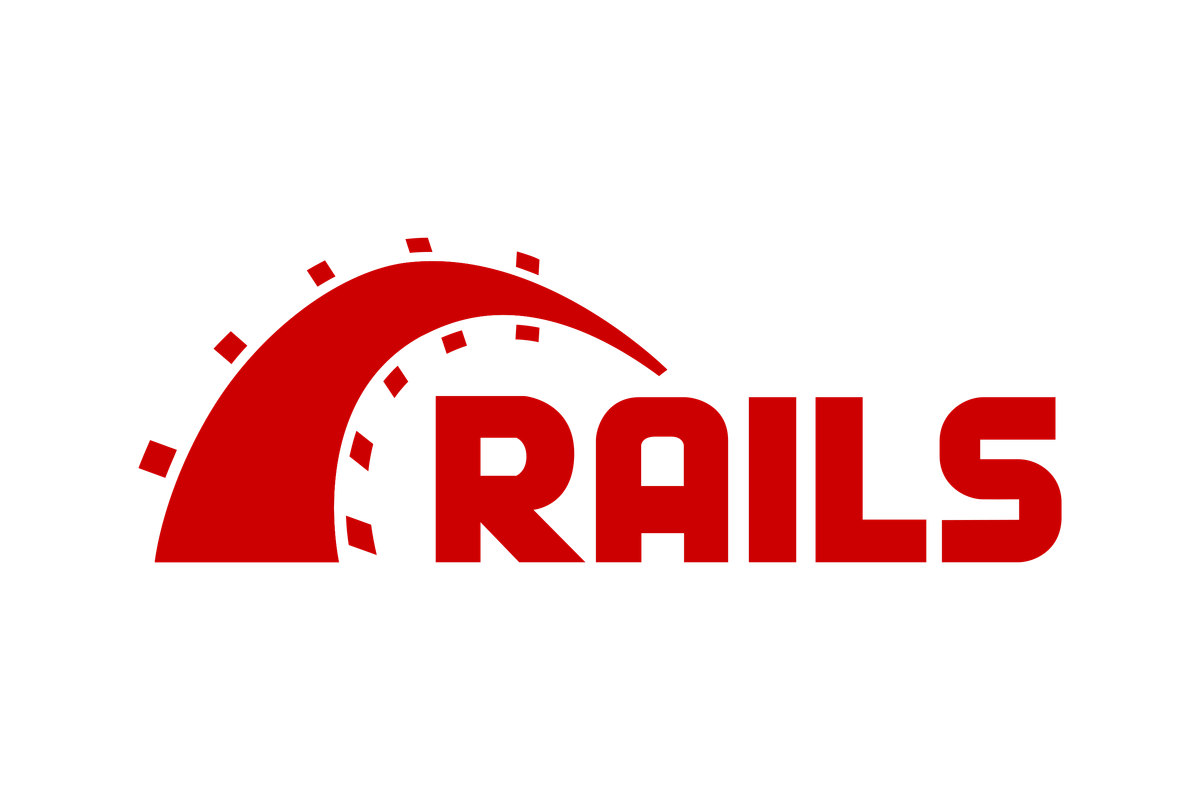Introduction to the Course
This lesson will offer an overview of the learning outcomes and what will be covered throughout the course.
We'll cover the following
Rails is a web framework that runs on Ruby, an object-oriented, dynamic, and interpreted scripting language.
Rails provides a structure for developers. It eases web application programming by predicting what developers need to begin with, which ultimately requires less code and provides more capabilities than other languages or frameworks.
We will be using the Rails framework to develop a RESTful API, an interface that allows two software programs to communicate with each other using HTTP requests.
Course overview
This course is a tutorial for building APIs with Rails. It will offer a comprehensive methodology to develop a RESTful API following best practices.
By the end of the course, you’ll be able to create your own API and integrate it with any type of clients, such as web browsers or mobile applications.
More specifically, after finishing this course, you will be able to accomplish the following tasks:
- Create an API and integrate it with any client, such as a web browser or mobile application.
- Build JSON responses for your API and test your end points with the unit and functional tests.
- Understand authentication with JSON Web Tokens (JWT) and methods for optimizing and caching the API. We’ll build the application following a simple working method and will develop the entire application using test-driven development (TDD).
Let’s look at the basic outline of our course:
-
We will start by creating the structure of a marketplace application.
-
We will then secure access to the API by building authentication through the exchange of HTTP headers.
-
Finally, we will implement some optimization techniques to improve the server’s structure and response times.
Our final application will represent only one of the many possible ways to offer a marketplace where users can place orders, upload products, and more. There are plenty of other options out there to set up an online store such as Shopify, Spree, and Magento.
We strongly recommend you follow all the steps in this course. Try not to skip chapters since they all include helpful tips and tricks to improve your skills.
